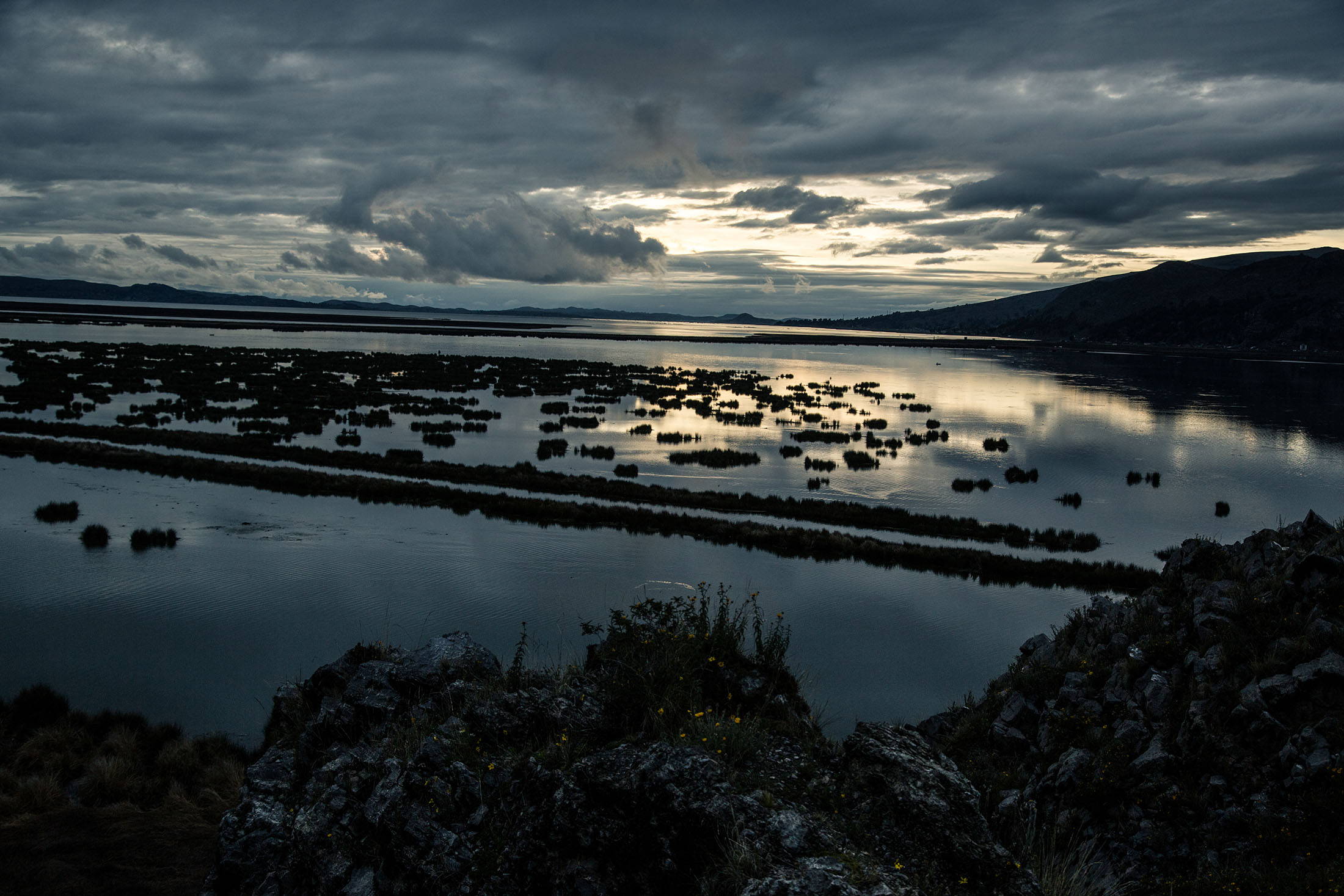
CONSCIOUS DESIGN
Second only to agriculture, the textile industry is the leading polluter of water, responsible for 20% of global water pollution. Expending more than 8000 chemicals including heavy, metal-rich dyes, fixing agents, bleaches, solvents, and detergents, garment manufacturing is toxic and incredibly water intensive, requiring a whopping 1800 gallons of water to produce a simple pair of jeans.
In addition to polluting our world many of these toxins are absorbed into the body through the skin. An industry with little transparency, the garment-making machine has fostered a culture of irrational demand especially for cheap, disposable product. In a word, fast fashion. The boom towards progressive obsolesce has fueled massive growth of oil-based synthetic fibers, from 5.2 million tons to an estimated 67 million tons in 2016. Having both ethical and environmental ramifications, fast fashion contributes to an exploited labor force and produces an immense amount of pollutants.
Sadly, laundering a single load of polyester effectively releases 496,030 microplastic particles into our water. More so, cheap products with an ephemeral lifespan are unusable for donation, often ending up in landfills at the rate of 80lbs per individual per year.
OUR PRIORITY IS PRESERVATION
We’re dedicated to create products that promote sustainability. Not as an option, but as a foundation for everything we do. Ever mindful of making products built to last, we operate with uncompromising standards to ensure that our products are made in a socially and environmentally responsible manner. Emphasizing durability and longevity of both design and construction. We source materials that promote the use of natural and renewable materials over synthetic alternatives.
YOUR CONTRIBUTION
As a company we are committed to making beneficial changes. Ultimately, our greatest impact is not related to product but how we can encourage you. Consider in the US we toss 14 million tons of clothing each year, an average of 80lbs/person. The EPA estimates that diverting these to recycling programs would be the staggering equivalent of removing 5.3 million cars off the road. Increasing progressive obsolescence is the leading cause of this waste. The cyclic fleeting nature of trends coupled with poor quality product has conditioned us to expect less and replace more often. The answer is to demand more from the products you buy. "No one can afford cheap things".

